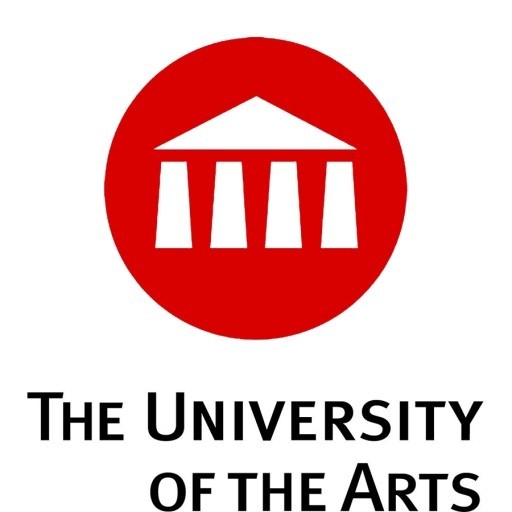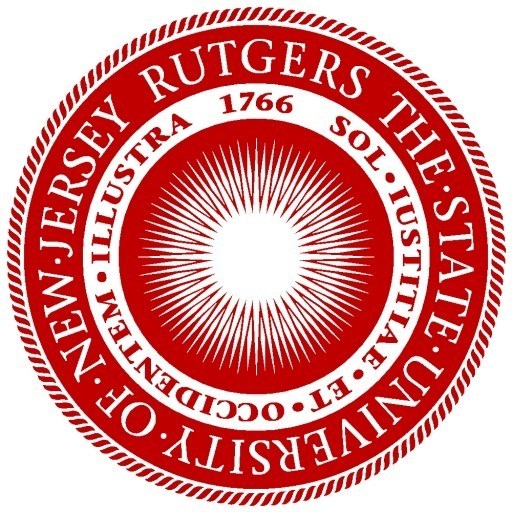Photos of university / #universityofthearts
Creative Practice for Narrative Environments at the University of the Arts is an innovative, interdisciplinary program designed to explore the intersection of storytelling, spatial design, and technology. This curriculum equips students with the skills to craft immersive environments that tell compelling stories through physical and digital spaces. Students engage in a wide range of creative practices, including installation art, interactive media, virtual and augmented realities, and spatial storytelling techniques. The program encourages experimentation and critical thinking, fostering a dynamic learning environment where students can develop their unique artistic voices. Throughout their studies, students collaborate on diverse projects that simulate real-world scenarios, preparing them for careers in museum and exhibition design, theme park development, multimedia installation creation, and other fields requiring narrative-driven spatial experiences. The faculty consists of professionals and researchers who are experts in their fields, providing mentorship and insights into contemporary practices. The program also emphasizes the importance of understanding audience engagement and the social impact of designed environments, encouraging students to create meaningful and inclusive experiences. With access to state-of-the-art facilities, digital labs, and collaborative studios, students have the resources to experiment and refine their ideas. The curriculum integrates theoretical knowledge with practical application, ensuring that graduates are not only creative innovators but also capable of managing complex projects from conceptualization to realization. Graduates of Creative Practice for Narrative Environments are well-prepared to contribute to a rapidly evolving industry that values storytelling as a vital component of spatial design and digital interaction.
Creative Practice for Narrative Environments at the University of the Arts offers an innovative and dynamic approach to the creation of immersive storytelling spaces. This program is designed for students who are passionate about designing narratives that engage and inspire audiences through physical and digital environments. Throughout the course, students explore a wide range of creative practices, including storytelling, spatial design, interactive media, installation art, and digital technology, to develop compelling narrative environments that can be experienced in galleries, public spaces, virtual worlds, and theatrical settings.
The curriculum combines theoretical knowledge with practical skills, encouraging students to experiment with different mediums and techniques. Initially, students are introduced to the fundamentals of narrative construction, visual storytelling, and audience engagement. They learn to analyze different types of stories and consider how spatial design influences storytelling dynamics. As they progress, students work on collaborative projects where they can apply their understanding to real-world scenarios, integrating new technologies such as augmented reality (AR), virtual reality (VR), projection mapping, and interactive installations into their work.
Key areas of study include storytelling theories, spatial and environmental design, media arts, and digital fabrication. Students also engage with topics related to the psychology of space, architecture, and human-computer interaction, equipping them to create environments that respond to and inspire human behavior. The program emphasizes a hands-on approach, encouraging experimentation with materials and media, and fostering innovative thinking about how spaces can convey narratives and evoke emotional responses.
Throughout their studies, students are supported by faculty who are experienced practitioners and researchers in fields related to media art, spatial design, and new media technology. They have access to state-of-the-art facilities, including digital fabrication labs, media studios, and immersive environments, allowing them to prototype and refine their ideas effectively. Collaboration with external partners, including cultural institutions, industry professionals, and community organizations, is a key component of the program, providing valuable opportunities for real-world experience and networking.
Graduates of Creative Practice for Narrative Environments are well-equipped to pursue careers as spatial storytellers, installation artists, digital media designers, experiential marketing specialists, and creative directors. They are prepared to innovate within the fields of design, entertainment, arts, and culture, shaping how stories are experienced across multiple platforms and environments. The program encourages students to think critically and creatively about the future of narrative spaces, fostering a diverse community of emerging artists and designers committed to pushing the boundaries of creative practice.
The Creative Practice for Narrative Environments program at the University of the Arts is designed to develop students' skills in creating immersive, interactive, and engaging environments that tell compelling stories. Admission requirements typically include a completed application form, academic transcripts demonstrating prior achievement in relevant fields, and a portfolio showcasing artistic and creative work related to visual design, storytelling, or environmental design. Prospective students are also expected to submit a personal statement outlining their interest in narrative environments and their artistic practices, as well as a CV highlighting relevant experience. For international applicants, proof of English language proficiency through tests such as IELTS or TOEFL is usually necessary unless they have completed prior studies in English. The program encourages applicants to demonstrate creativity, technical skills, and an understanding of narrative techniques. A background in art, design, media production, or related disciplines can be advantageous but is not mandatory. Interviews or auditions may be part of the selection process to assess the applicant's motivation and creative approach. Overall, the program seeks individuals with a passion for storytelling, innovation, and exploring new media and spatial storytelling methods. Successful applicants are those who display a strong portfolio of work, clear artistic vision, and the ability to contribute actively to the vibrant creative community at the university. The program fosters a collaborative environment where students learn from industry professionals and gain practical experience through projects and internships.
The Creative Practice for Narrative Environments program at the University of the Arts offers a variety of financing options to support students throughout their studies. Tuition fees for this program vary depending on the student's residency status, with international students typically paying higher rates than domestic students. The university provides detailed information on current fee structures on its official website, encouraging prospective students to review these figures carefully prior to application.
Funding opportunities include the university's own scholarship schemes, which are awarded based on academic merit and creative potential. Students are encouraged to apply for these scholarships early, as they often have limited places and competitive criteria. Additionally, the university offers need-based grants to assist students facing financial difficulties. These grants do not need to be repaid and are intended to help with tuition fees, living expenses, and other costs associated with studying.
Students can also explore external funding sources such as government bursaries and loans, particularly for domestic applicants. For international students, scholarships offered by foreign governments, cultural organizations, and industry partners may be available to complement university funding. The university's financial aid office provides guidance on eligibility requirements and application procedures for various funding opportunities.
Part-time work options are available on-campus and in the local community, allowing students to earn income while gaining practical experience relevant to their field. The university’s career services can assist students in finding suitable employment opportunities. Some students may also consider sponsorship from industry partners interested in supporting emerging creative professionals in narrative environments.
It is advisable for prospective students to begin exploring financing options early in the application process. The university's financial policies are designed to support a diverse student body and ensure that talented individuals from various backgrounds can access high-quality education in creative practice. Detailed information about application deadlines for scholarships and financial aid programs is published annually on the university’s official website, and prospective applicants are encouraged to consult these resources regularly.
Creative Practice for Narrative Environments at the University of the Arts London is a distinctive program designed to explore the innovative aspects of storytelling within physical and digital spaces. This course integrates aspects of narrative design, spatial storytelling, interactive installation, and experiential environments, allowing students to develop complex, immersive narratives that engage audiences on multiple levels. The curriculum emphasizes hands-on practice, encouraging experimentation with new media, technologies, and materials to craft compelling environments that tell stories in unique ways. Students work closely with experienced professionals and academic staff who are experts in fields such as architecture, theatre design, digital media, and interactive arts, enabling a multidisciplinary approach to creative development.
Throughout the program, students are encouraged to explore the relationship between space, storytelling, and audience engagement. They undertake projects that challenge conventional notions of narrative, incorporating elements of theater, digital interaction, and visual arts to create experiential environments. The program aims to equip students with a broad set of skills, including conceptual development, visual communication, technical capabilities in digital and physical media, and project management. Emphasis is placed on collaborative working, preparing students for careers in creative industries such as theme park design, museum and exhibition installation, digital media production, and experiential marketing.
The courses include theoretical studies in storytelling theories, spatial design, and audience psychology, complemented by practical workshops where students prototype and refine their ideas. Graduates of the program are expected to produce innovative work that pushes the boundaries of narrative environments, making significant contributions to fields like immersive experience design, public art, and digital storytelling. The university provides state-of-the-art facilities, including digital labs, fabrication workshops, and exhibition spaces, supporting students in transforming their concepts into real-world creations. Overall, Creative Practice for Narrative Environments prepares students for a dynamic industry that blends creativity, technology, and storytelling to craft memorable, impactful experiences.








